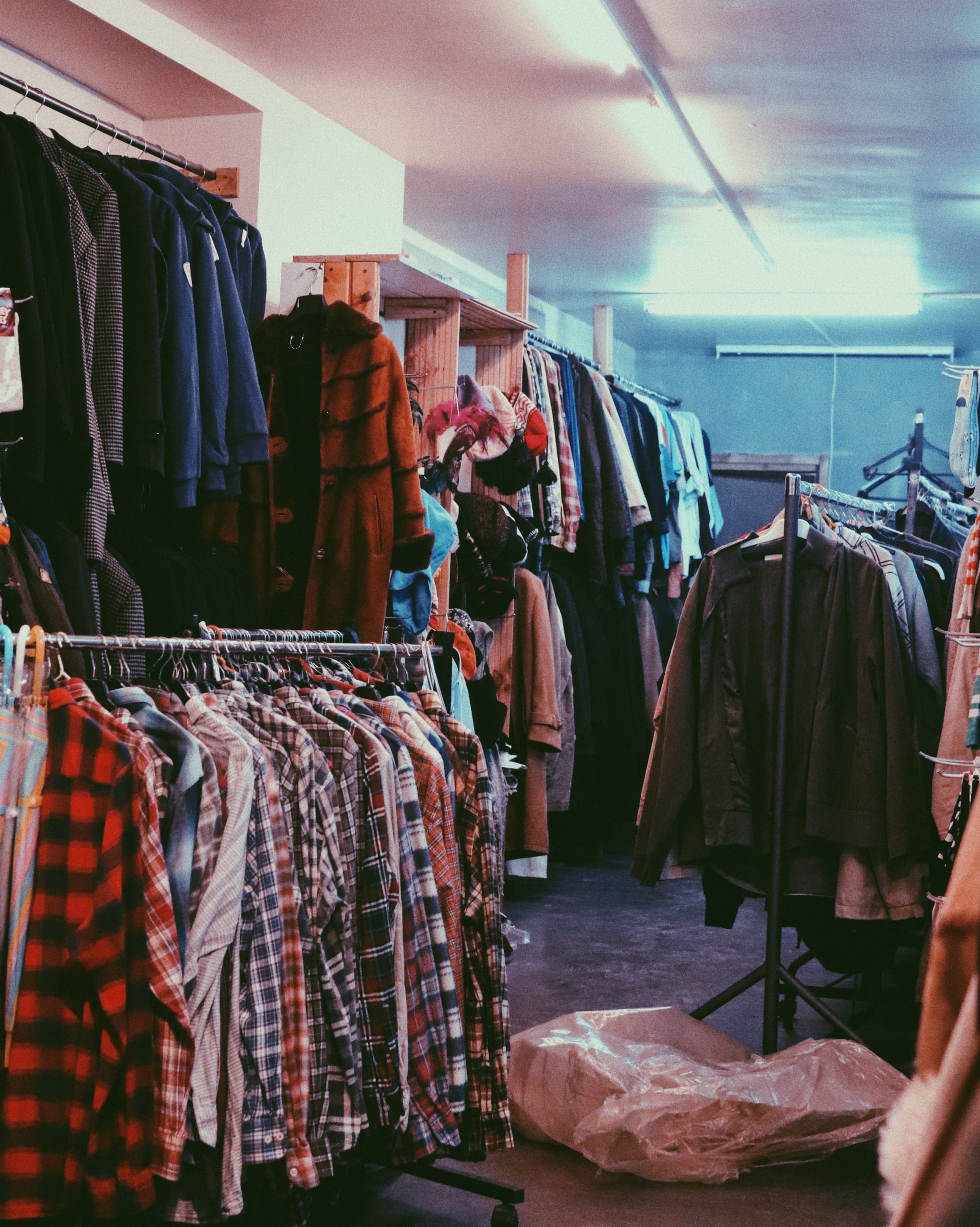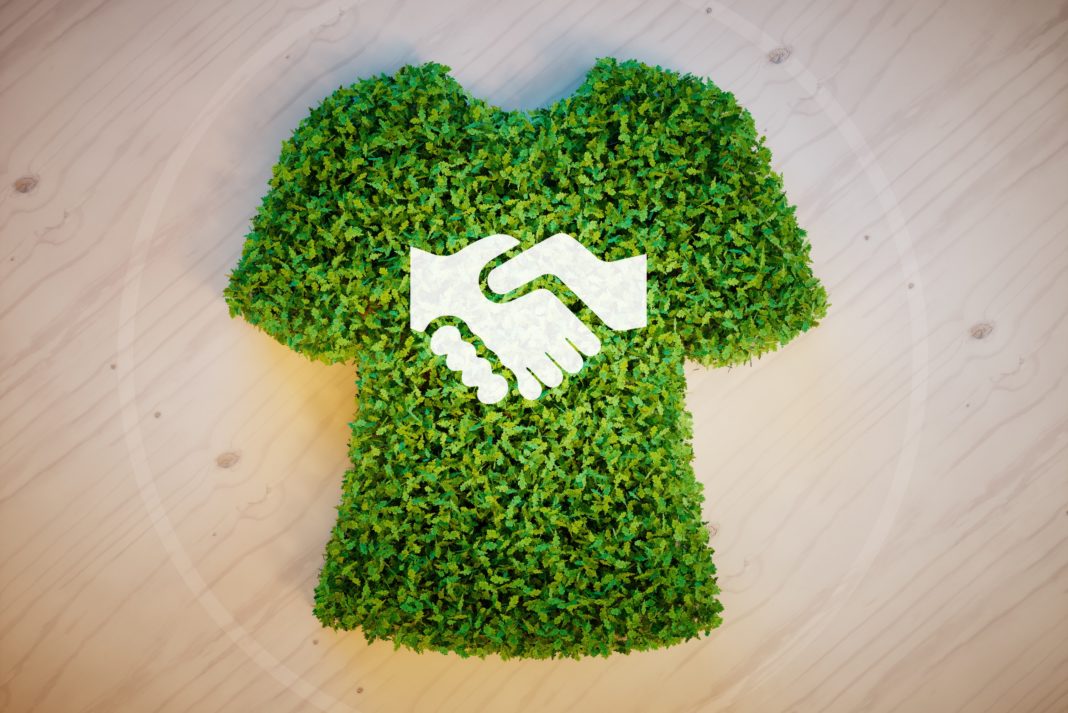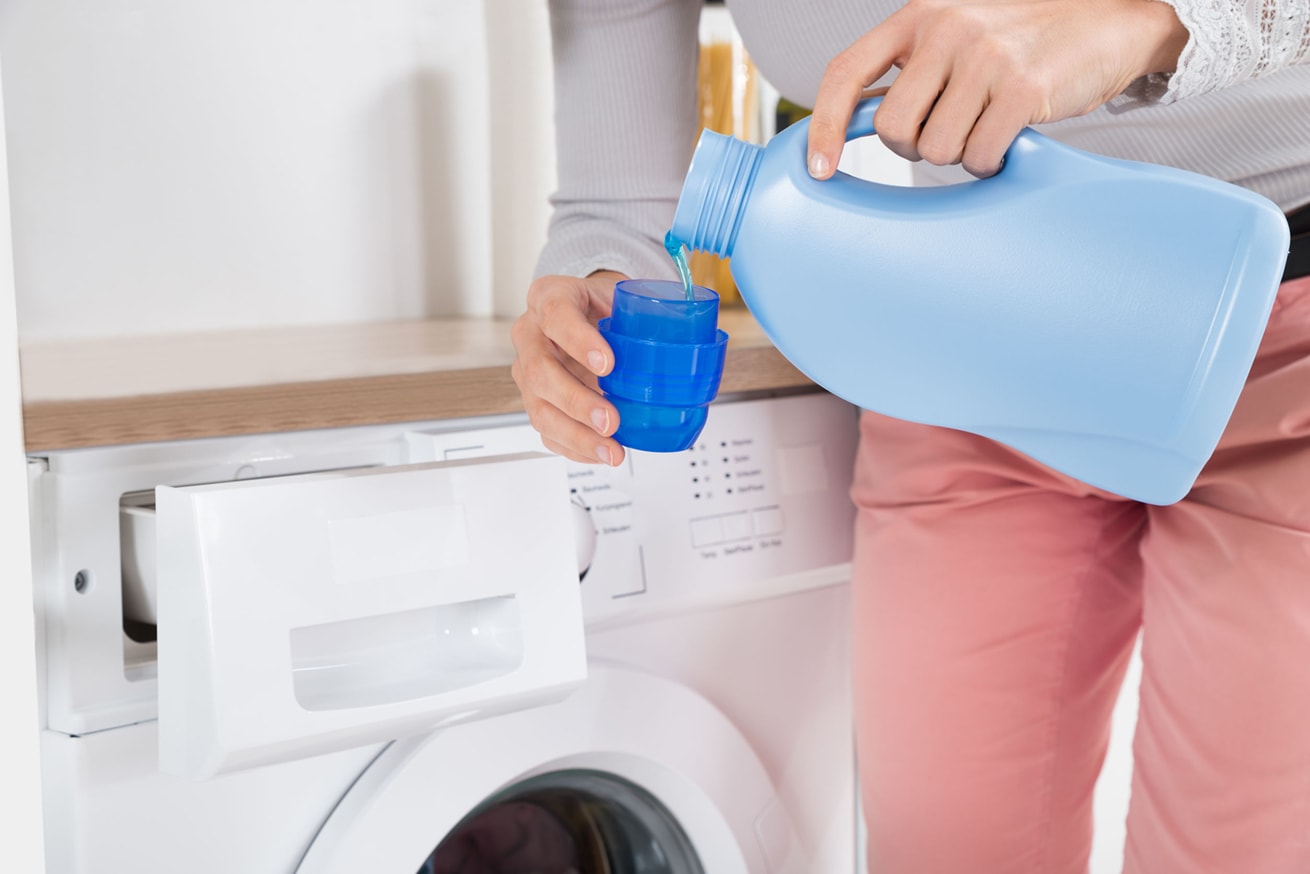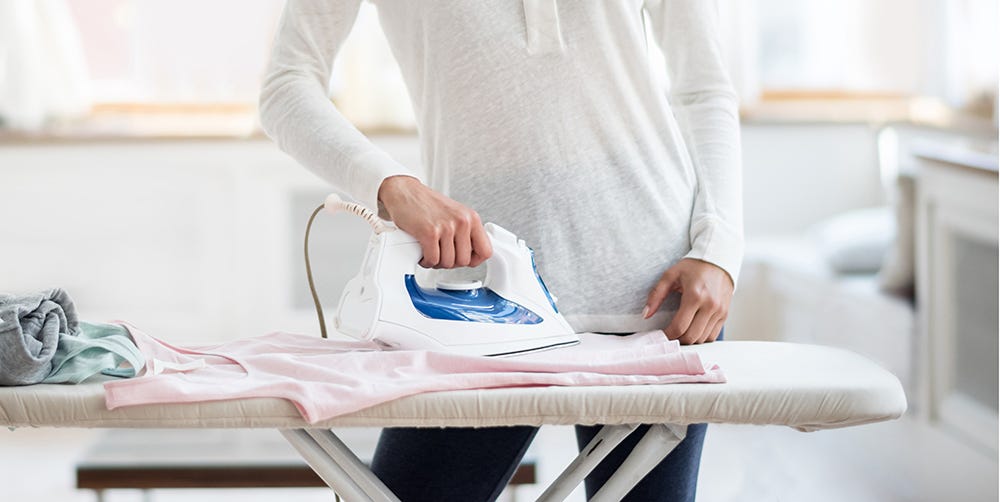The textile industry is one of the most important industries, with more than 2.6 billion pieces put on the market each year, the equivalent of 625,000 tons per year of clothing, household linen, and other fabric products. This partly explains why the textile industry is also one of the most polluting industries, also because the current production and distribution systems are often incompatible with the respect of the environment! The fast fashion and budget clothing development has only amplified this phenomenon, but the situation is gradually reversed.
There is a growing trend for textile recycling linked to individual awareness in favor of ecology and the environment. But you’re not sure what to do with your clothes. Have you decided to make more ecological choices this year and arrange your closet? Before you throw your clothes in the trash, think about the consequences of putting more of them in the landfill versus recycling textiles. Here are the most important reasons to recycle your clothes. So, without further ado, let’s dive into this blog and learn more about the subject at hand.
1. Think about textile recycling
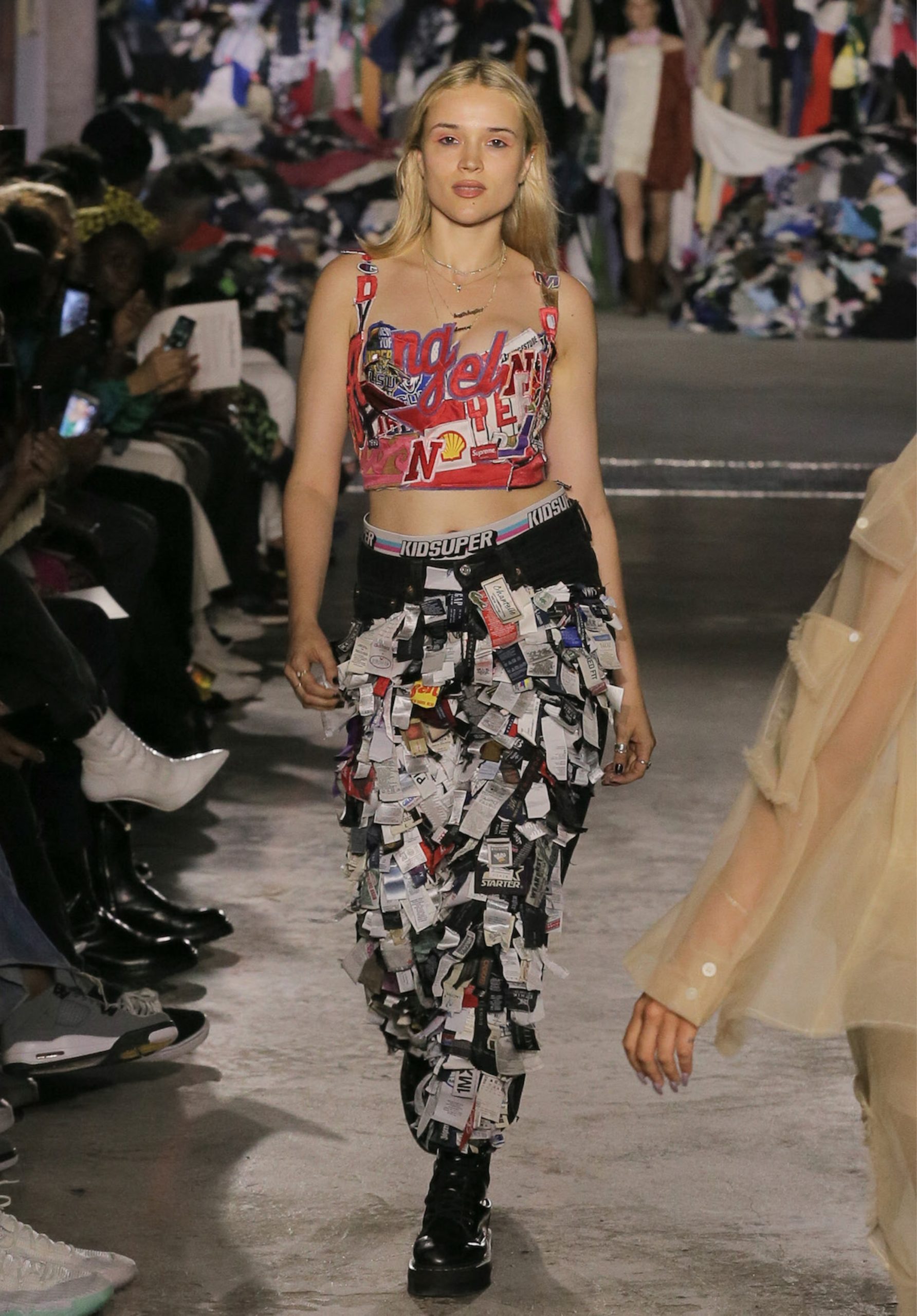
The process of making clothes uses a lot of energy. Every garment you wear goes through a complex manufacturing process, which uses a large amount of electricity, and water, not to mention other energy sources. So recycling textiles saves energy by reducing or eliminating the need to make new clothes. Similarly, when you buy recycled clothing, you help reduce the environmental impact of “fast fashion.
2. Reduced greenhouse gas emissions
Textiles made from organic materials (cotton, linen…) must be biodegradable. However, when people throw away their clothes and they end up in landfills, they lack oxygen because of the piling up. Oxygen is necessary for the decomposition of organic matter. The lack of oxygen leads to decomposition by anaerobic digestion, which means that microorganisms break down the organic material to produce by-products such as methane. Produced constantly and uncontrollably, methane escapes into the atmosphere, harming air quality and the planet.
3. Reducing the use of landfills
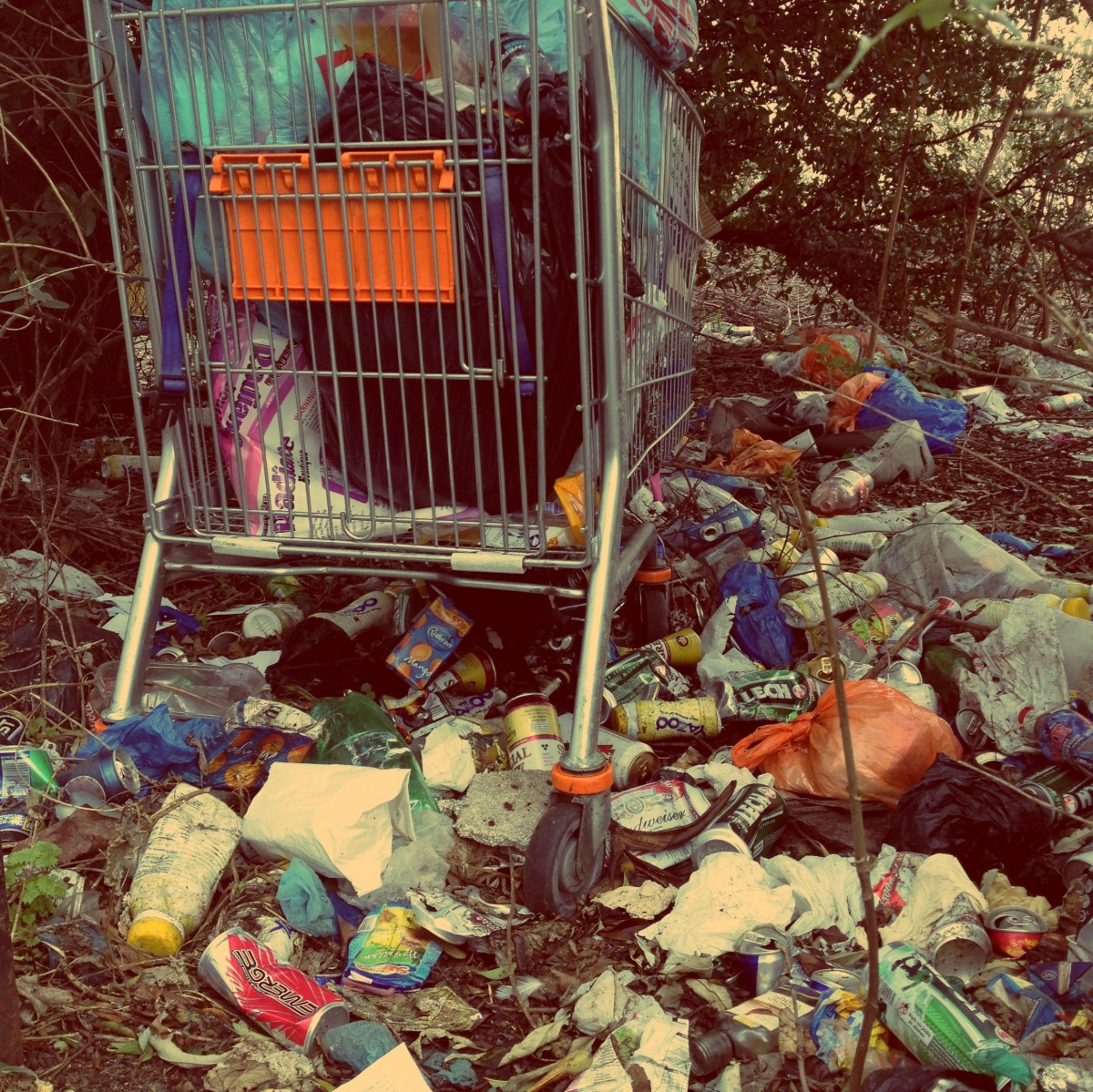
Landfills are not always visible. For that reason alone, most of us think they don’t exist. But did you know that over 12 million tons of different textiles end up in landfills every year? Not only is this practice very harmful to the environment, but it is also very expensive. Landfills are expensive to purchase and require a lot of open space. They also cost money to operate. This money comes from the municipalities and cities, i.e., from the taxpayers’ pockets. Recycling reduces the amount of textiles in landfills and frees up space for other waste. By recycling your clothes, you limit the creation of new landfills.
4. Help those in need
Probably the biggest reason people choose to recycle textiles is that it helps people in need. Your clothes are turned into cash donations to help these organizations. But donated clothes are often sold to thrift stores or even to developing countries. When you recycle clothes, your help is extensive; if they are too damaged, these clothes are then revalorized.
5. Reuse of old clothes by exporting to developing countries
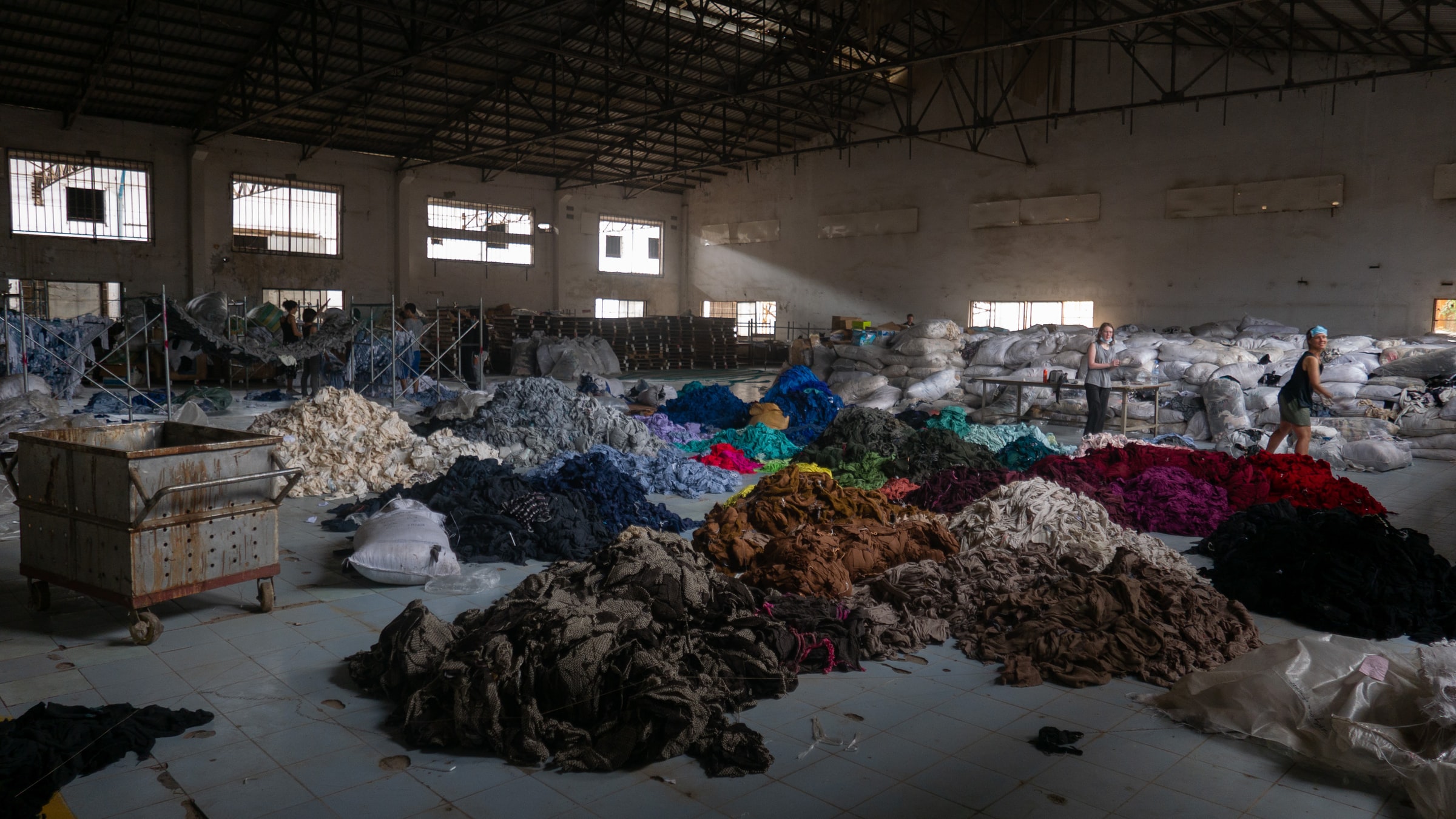
50% of the collected and sorted clothes are reused abroad. Most of the collectors have resale approaches per kilogram in partner countries. For example, Le Relais has established itself in 3 African countries (Burkina Faso, Senegal, and Madagascar) and has created more than 350 direct jobs and 10 times more indirect jobs.
The massive export of clothes from the second sorting has, however, made the leaders of the countries of the Community of East African States of Central Africa (Rwanda, Kenya, Uganda, Tanzania, Burundi, South Sudan) react and consider banning the entry of textiles already worn. Indeed, the importation of worn clothing “threatens our textile industry” and “compromises the dignity of our people.
6. A simpler solution
Probably one of the most important reasons to recycle your textiles is the simplicity of the operation. Donating only takes a few seconds, with professionals taking care of the collection. When you think about how much you’re helping the planet by recycling, it’s even easier to drive and drop off the clothes or organize a donation drive.
Sound off in the comments section below and tell us what you want to read next and if you want to read more about recycling old clothes.
